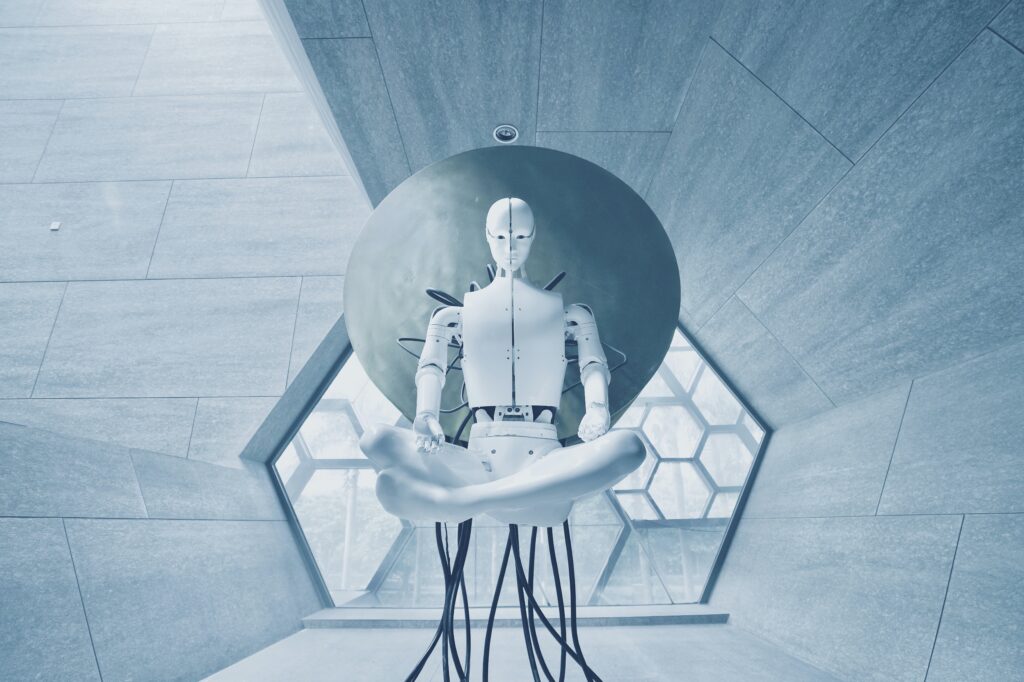
A shape-shifting humanoid robot that can jump between liquid and metallic states to navigate harsh environments without compromising its durability has been created by robotics scientists. Researchers from the Shenzhen Campus of Sun Yat-sen University, Carnegie Mellon University, the Chinese University of Hong Kong, and Zhejiang University have developed a new phase-shifting material that reversibly switches between solid and liquid phase by phase heating with alternating magnetic field or through cooling.
The humanoid robot changes shapes
Because they can be both soft and hard, the small robots, inspired by holothuroids (also known as sea cucumbers), can overcome the limitations of robots that are only one or the other and thus have the potential to provide greater utility in areas such as electronic device assembly and even medical applications. The researchers made the robots navigate obstacle courses, remove or deliver objects to a human stomach model, and even liquefy to escape a cage before reforming back into their original humanoid shape.
“Giving robots the ability to switch between liquid and solid states gives them greater functionality,” said Dr Chengfeng Pan, a researcher at the Chinese University of Hong Kong. “Where traditional robots are hard-bodied and stiff, soft robots have the opposite problem; they are flexible but weak, and their movements are difficult to control”.
Inspired by nature
There are many potential uses for small robots that can navigate places too small or complex for humans to handle with standard tools, from difficult repair work to targeted drug delivery. But hard materials aren’t the best for navigating confined spaces or tight corners, while soft, more flexible robots tend to be weak and harder to control.
To find a compromise between these two situations, a team of researchers led by Pan and his colleague, Qingyuan Wang of Sun Yat-sen University in China, turned to nature as a source of inspiration. Animals such as sea cucumbers can alter the stiffness of their tissues to improve load-bearing capacity and limit physical damage. In contrast, octopuses can alter the stiffness of their arms for camouflage, object manipulation, and locomotion.
Drug delivery
“The magnetic particles here have two roles,” added Dr Carmel Majidi, a researcher at Carnegie Mellon University. “One is that they make the material responsive to an alternating magnetic field, so you can, through induction, heat the material and cause the phase change. But the magnetic particles also give the robots mobility and the ability to move in response to the magnetic field.”
To design a robot that could do something similar, the researchers needed a non-toxic material that could easily transform between a soft and rigid state at room temperature. They turned to gallium, a soft metal that has a melting point of 29.76 degrees Celsius, just a few degrees below the average human body temperature.
“Future work should further explore how these robots could be used within a biomedical context,” Dr Majidi noted. “What we’re showing are just one-off demonstrations, proofs of concept, but much more study will be required to delve into how this could be used for drug delivery or for removing foreign objects.”
The researchers’ work appears in the journal Matter.



